
Eucalyptus has been used for centuries as an herbal medicine for respiratory ailments and as an essential oil. Cough syrups and lozenges use eucalyptus for its healing qualities. Cooking with eucalyptus is a delicate art as it can be harmful if ingested before it’s cooked. Specialty dishes using eucalyptus have been developed by everyone from experienced chefs to local fishermen, all using the leaf to enhance the flavor of food.
Smoking With Eucalyptus
In Portugal, it is common practice for fishermen to cook their catch over a charcoal fire after placing a bunch of juniper leaves inside the cleaned cavity of the fish. Near the end of the short cooking time, a eucalyptus leaf dipped in sea water and put over the coals imparts a rich smoky flavor to the fresh catch. Try this at home when grilling fish, meat or vegetables for that unique eucalyptus smoky flavor.
Medicinal Teas
A paper produced by the University of Maryland recommended preparing tea made from eucalyptus leaves to help heal sore throats and congestion. Use up to ½ teaspoon per cup of tea and let it steep for 10 minutes prior to pouring. Use a strainer to separate the leaves from the liquid.
Infusions of Eucalyptus
Spanish chef Michael Bras uses the eucalyptus leaf to create an infusion that he uses in a springtime celebration of fruit and vegetables. Executive Chef Jason Fox of the Commonwealth Restaurant in San Francisco uses eucalyptus leaves steamed in warm cream for his eucalyptus potato puree. Eucalyptus infused butter is another exotic addition to potatoes.
Jellies
Eucalyptus, when combined with summer fruit, makes an effective herbal jelly. Use it when a cold or respiratory ailment comes on and it helps diminish the cold symptoms. The jelly can be stored for up to a year when it’s in a sealed jar and put in a cool, darkened place. After it is opened, store in the refrigerator.
Related Articles
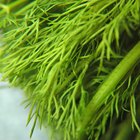
Classic Russian Spices
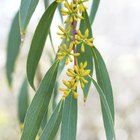
Eucalyptus Oil & Acne
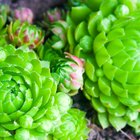
Plants That Heal Wounds
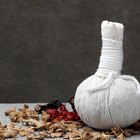
Thai Herbal Ball Massage Ingredients

What Is a Kukui Nut?

What Does Lavender Taste Like?

Herbs For Saunas

How to Cook With Pineapple Sage
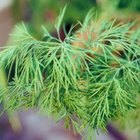
Dill Seed Vs. Dill Weed
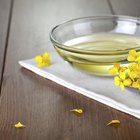
What is Rapeseed Oil?
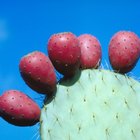
How to Eat Xoconostle

Burdock Root for Acne
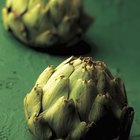
How to Parboil Artichokes

Brazilian Pepper Wood for Cooking

How to Make Elderberry Jam

Olive Leaf Extract for Skin Problems
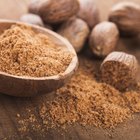
Nutmeg and Turmeric for Acne Scars
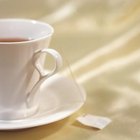
How to Make Calendula Tea
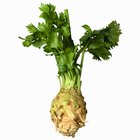
Can You Eat Celery Root Without Cooking ...

Calendula Ointment for Scars
References
Writer Bio
Jann Seal is published in magazines throughout the country and is noted for her design and decor articles and celebrity *in-home* interviews. An English degree from the University of Maryland and extensive travels and relocations to other countries have added to her decorating insight.
Photo Credits
Hemera Technologies/Photos.com/Getty Images